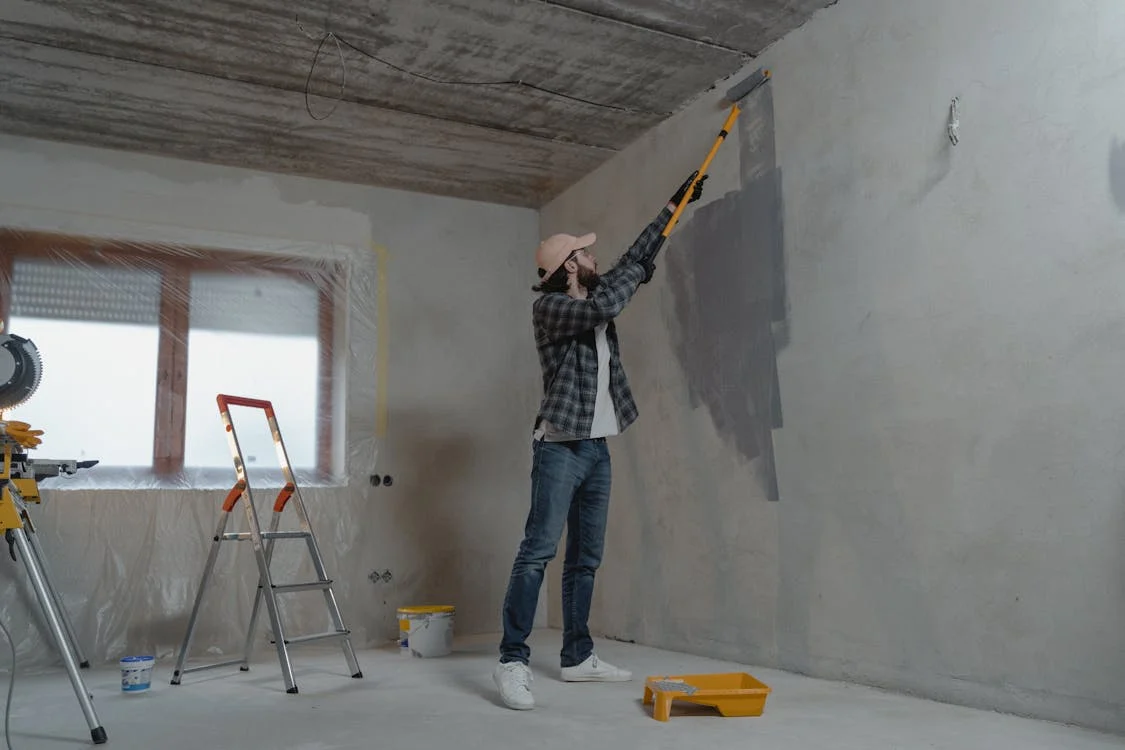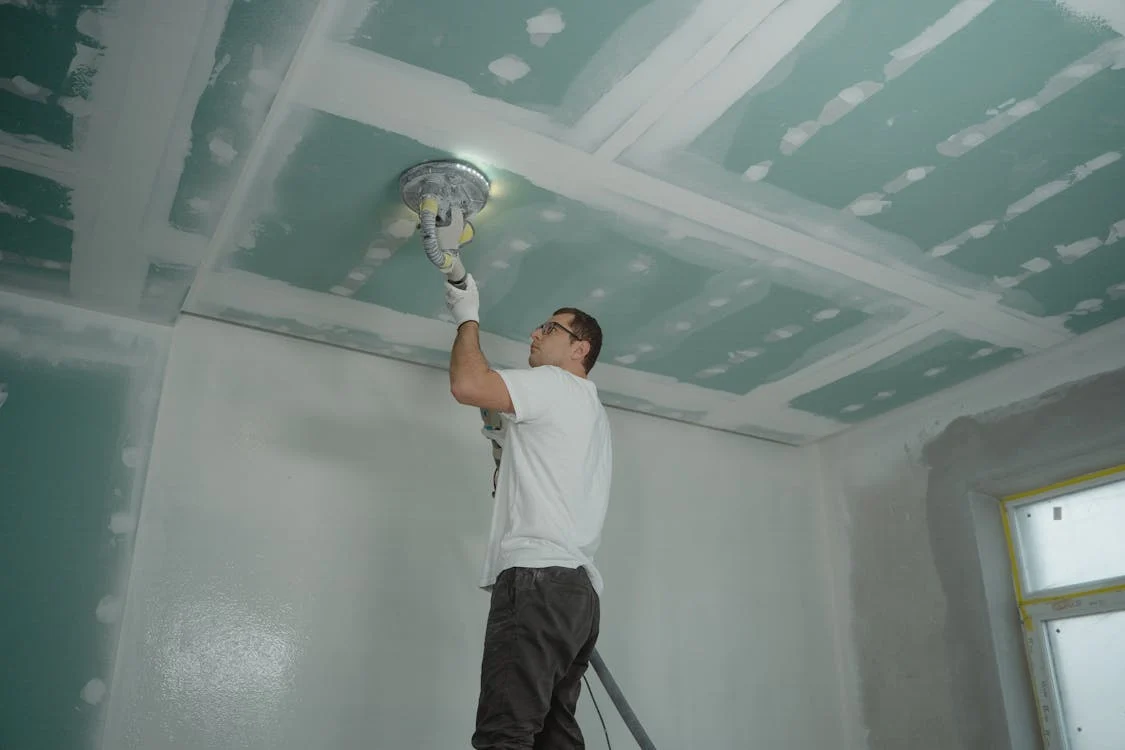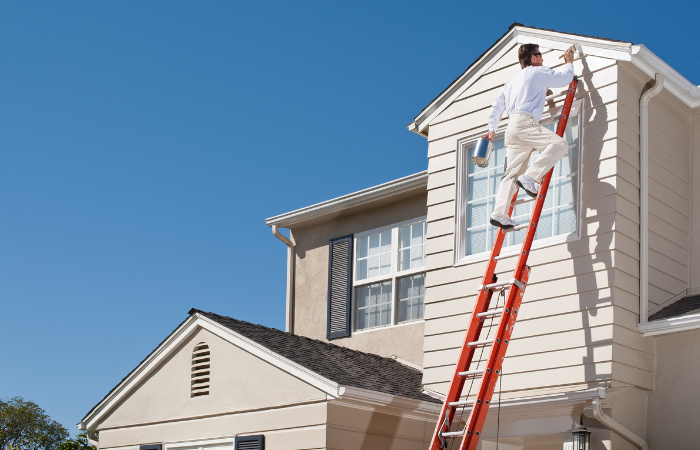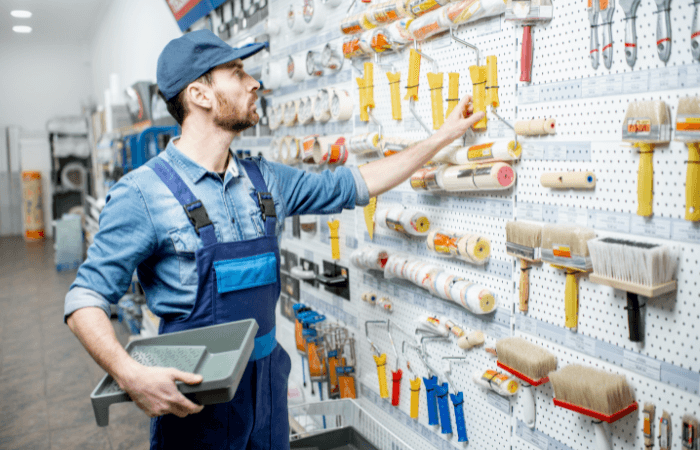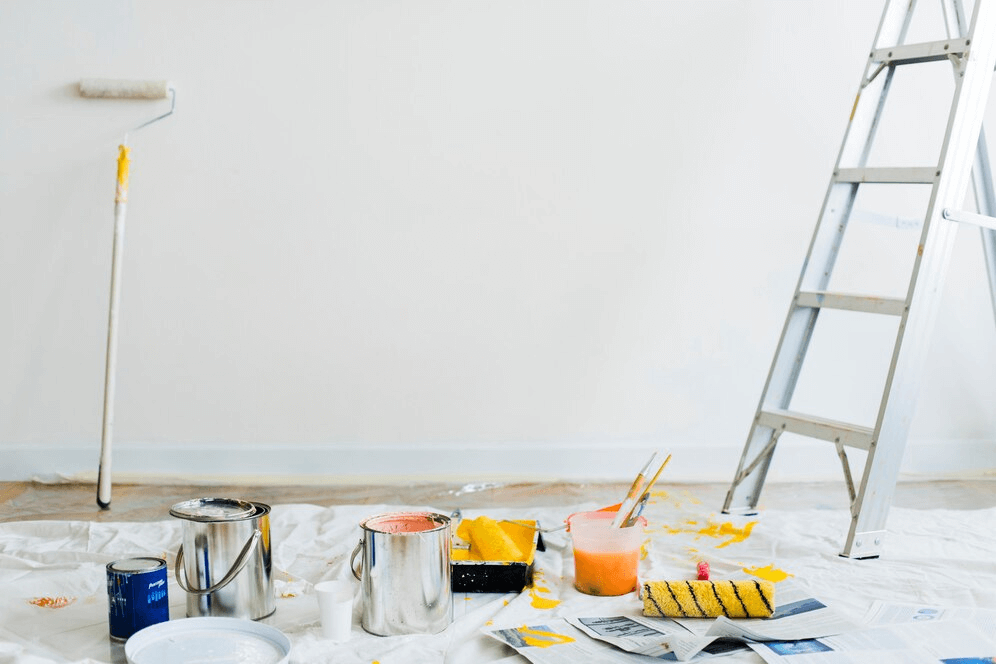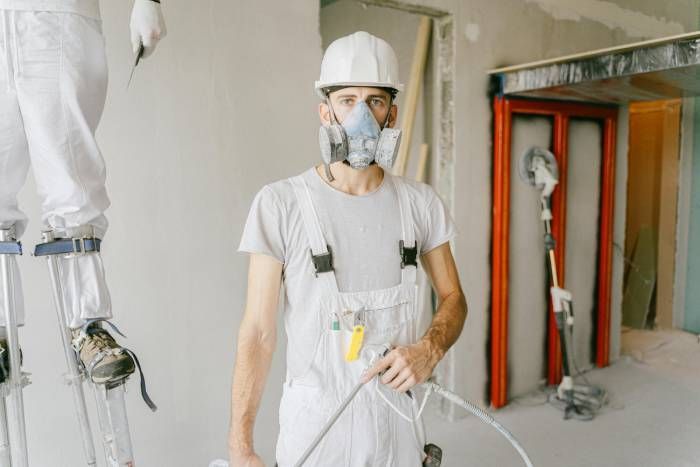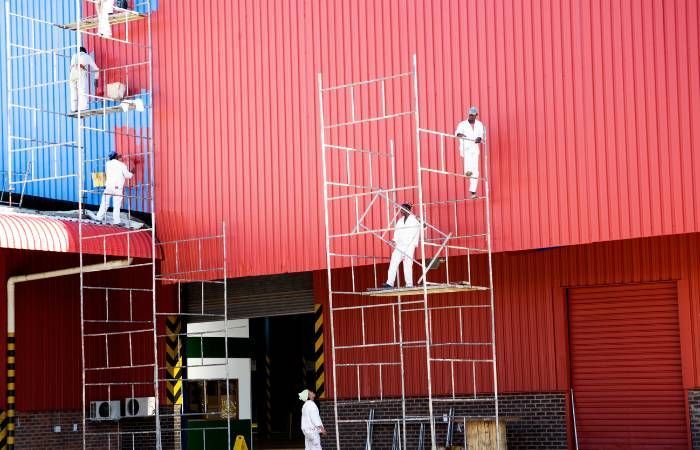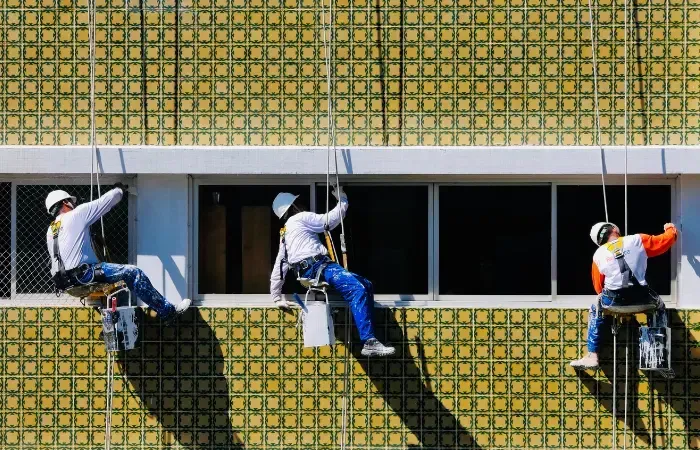Need Window Cleaning, Power Washing & Gutter Cleaning?
We do that too! Check out J&S Clean Pros:
How to Ensure Quality Painting
Applying a new layer of paint to the wall does not mean the painting job is done well. Ensuring quality painting requires a thorough examination. If you look for flaws and inconsistencies, you might see a few more touch-ups and repairs. Therefore, it’s essential to inspect the quality of the paintwork to maximize the value for your money and the aesthetic appeal of your home. Here are some tips for identifying high-quality materials and ensuring a quality painting finish.
10 Tips to Ensure Quality Painting Finish
Your home can become more hospitable and appealing with a new coat of paint. But a poorly executed paint job has the potential to turn your dream house into a catastrophe swiftly. Our professionals reveal how to tell if a painting job is of high quality to assist you!
Ensuring a quality painting job requires attention to detail and proper preparation. Here are some tips to help you achieve a professional finish:
Surface Preparation
Properly preparing the surface is crucial for a quality paint job. This includes cleaning the surface to remove dirt, grease, and other contaminants. Repair any cracks, holes, or imperfections in the surface before painting. Sanding rough spots and using a primer can help ensure a smooth and even paint application.
Use High-Quality Materials
Invest in high-quality paint, brushes, and rollers. Quality materials not only provide better coverage and durability but also make the application process easier. Cheaper paints and tools may result in streaks, drips, and an uneven finish, ultimately compromising the overall quality of the paint job.
Proper Technique
Take your time and use proper painting techniques for the best results. Start by cutting in the edges with a brush before using a roller for larger areas. Apply paint evenly in thin coats, working in small sections to prevent drips and overlaps. Pay attention to detail, such as ensuring consistent coverage and feathering edges for a seamless finish.
Allow Sufficient Drying Time
Allow each coat of paint to dry completely before applying the next one. Rushing the drying process can result in uneven coverage and adhesion issues. Follow the manufacturer's recommended drying times between coats, and avoid painting in humid or extremely hot conditions, as these can affect drying times and the final finish.
Regular Maintenance and Inspection
After completing the painting job, regularly inspect the painted surfaces for any signs of damage or wear. Address any issues promptly to prevent further damage and maintain the integrity of the paint job. Routine maintenance, such as cleaning painted surfaces and touching up areas as needed, can help extend the life of the paint job and keep it looking its best for years to come.
Proper Ventilation
Ensure adequate ventilation when painting to promote proper drying and prevent the buildup of fumes. Open windows and doors and use fans to improve airflow in the room. This helps minimize the risk of paint odors lingering and ensures a healthier environment for both you and your paint job.
Temperature and Humidity Control
Paint performs best within specific temperature and humidity ranges. Avoid painting in extreme conditions, such as very high humidity or temperature fluctuations, as these can affect paint application and drying. For optimal results, aim for temperatures between 50°F and 85°F (10°C to 29°C) and humidity levels below 50%.
Proper Cleanup and Storage
Clean your painting tools thoroughly after each use to maintain their quality and prolong their lifespan. Use appropriate cleaning agents recommended for the type of paint you use. Store brushes, rollers, and other tools properly to prevent them from drying out or accumulating hardened paint. Proper maintenance of your tools ensures they are ready for future use and helps you achieve consistent results.
Apply Multiple Thin Coats
Instead of trying to cover the surface with one thick coat of paint, apply multiple thin coats. Thin coats dry faster, adhere better, and provide a smoother finish. This approach also helps minimize the risk of drips, runs, and uneven coverage. Allow each coat to dry completely before applying the next one for the best results.
Attention to Detail
Pay attention to the finer details throughout the painting process. Take care when cutting in edges and corners to ensure crisp lines and a professional finish. Use painter's tape to protect adjacent surfaces and achieve clean edges. Inspect your work regularly as you progress to catch any imperfections early and make necessary corrections. Taking the time to focus on the details will contribute to a flawless paint job in the end.
FAQs
How do I choose the right paint color for my space?
Selecting the perfect paint color involves considering factors such as the room's lighting, decor style, and personal preferences. It's helpful to obtain paint swatches or samples and test them in the space to see how they look under different lighting conditions before making a final decision.
What type of paint finish should I use for different surfaces?
The choice of paint finish depends on the surface and the desired aesthetic. For example, high-traffic areas like kitchens and bathrooms may benefit from a durable, easy-to-clean semi-gloss or satin finish, while flat or matte finishes are suitable for hiding imperfections on walls and ceilings.
How long does it take for paint to dry completely?
Paint's drying time varies depending on factors such as temperature, humidity, and the type of paint used. In general, latex paints typically dry to the touch within 1-2 hours but may take up to a month to fully cure. Oil-based paints dry more slowly and may require 6-8 hours or longer to dry to the touch.
What can I do to maintain the quality of my paint finish over time?
Regular maintenance is key to preserving the quality of your paint finish. Clean painted surfaces periodically to remove dust and dirt buildup, and address any stains or marks promptly. Touch up areas of wear and tear as needed, and consider applying a clear coat or protective finish for added durability and longevity.
Conclusion
Hiring a qualified team of J&S Paint Pros will guarantee a flawless and quality painting finish. We follow all required safety procedures and perform quality workmanship during the painting process to ensure your home has long-lasting paint. We take our responsibility to protect our clients' assets seriously. Contact us today.



